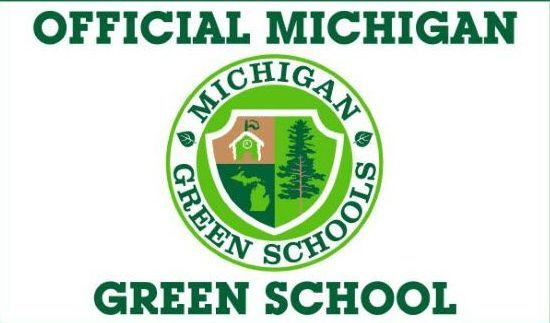Frequently Asked Questions
The number of Montessori schools is growing and key Montessori ideas are being integrated into many public schools and universities. Along with growing interest and acceptance, there are also questions and misconceptions. Here are some of the questions we hear most often.
What is the difference between a Montessori and conventional education?
| Montessori Approach to Curriculum... | Conventional Approach to Curriculum... |
|---|---|
| Focus on holistic human development | Focus on process |
| Child has input in lessons | Teacher plans lessons without child input |
| Uninterrupted work periods | Highly timetabled |
| Curriculum is an aid to education | Curriculum is central to education |
| Rate of progress is determined by the child (ie. Curriculum is developmental) | Rate of progress is determined by curriculum (ie. Standardized testing) |
| Focus on outcomes | Focus on process |
| Curriculum follows child | Child follows curriculum |
| Implementation is integrated (clearly connects subjects) | Implementation is often segregated (presented as separate subjects) |
| Formative assessment | Summative assessment |
| Strong accountability for child | Weak accountability for child |
| Content is tied to characteristics of child | Content is arbitrary/political |
| Curriculum is stable | Curriculum changes regularly |



